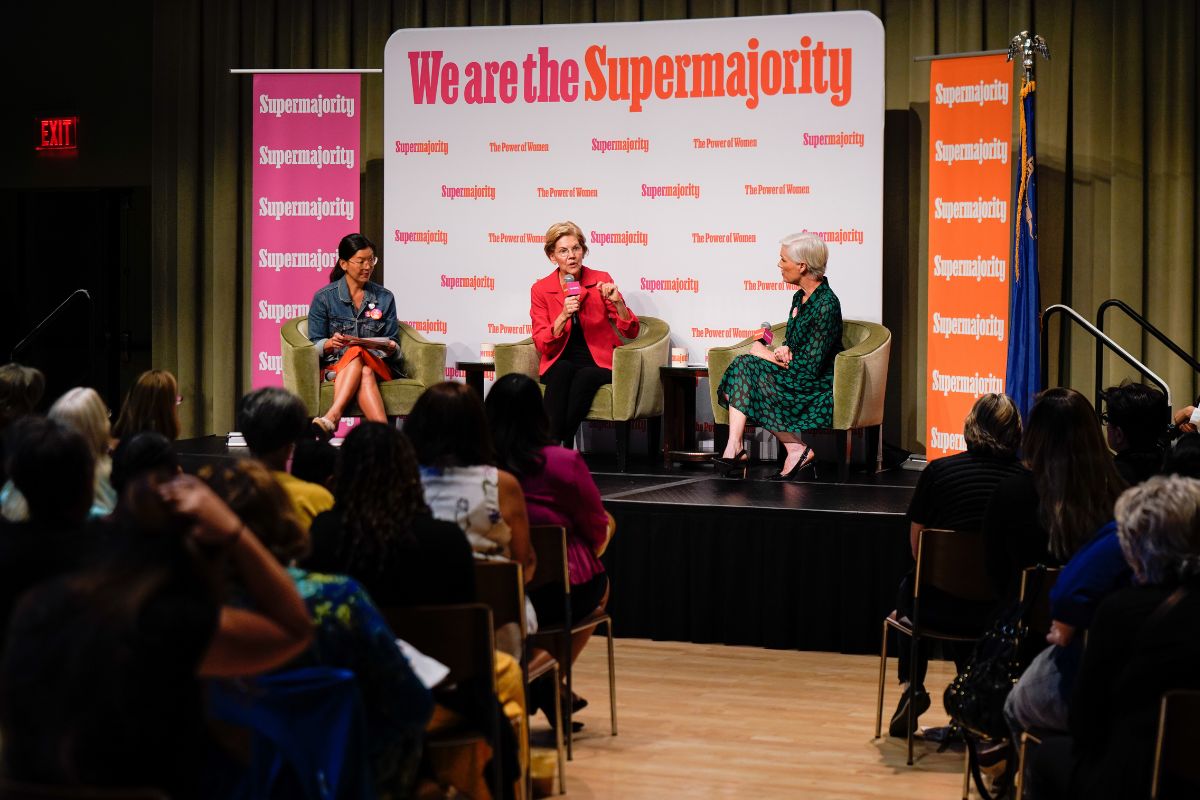
September 10, 2014; Living Cities blog
It is in danger of becoming a cliché, but public-private partnerships hold the key to addressing poverty in America’s cities.
Sign up for our free newsletters
Subscribe to NPQ's newsletters to have our top stories delivered directly to your inbox.
By signing up, you agree to our privacy policy and terms of use, and to receive messages from NPQ and our partners.
Living Cities is a New York- and Washington-based organization that works in cities with cross-sector leaders to improve the economic wellbeing of low-income people. In a recent blog post on Living Cities’ website, Ronda Jackson recounts some insights from a roundtable discussion held during their most recent Project on Municipal Innovation (PMI) convening on how city halls and philanthropic organizations can best partner to disrupt inequality in cities.
“City government holds the key to innovation in this area – they bring authority, credibility, and a platform,” said Benjamin Kennedy of the Kresge Foundation. Philanthropy, however, brings a unique “risk tolerance” to these endeavors: “Foundations can operate without political pressures—shining a light on less popular issues or elevating the interests of underrepresented communities.”
Panelists highlighted five key factors in effective collaboration between municipal government and private philanthropy:
- Work with, not around, city government: “Because the public sector is a large driver of the urban economy, foundations recognize that working with city government is a powerful avenue to expand opportunity for low-income people. Foundation representatives acknowledged that in the past, their strategy was to fund nonprofits or NGOs as a way of avoiding engagement with city government. The impact was minimal.”
- Fund key city positions: “Once a foundation moves beyond working around government, diving deep into funding long-term positions within city government that are charged with bringing about systems change can reap tremendous benefits. In Detroit and Baltimore, the Kresge and Annie E. Casey foundations respectively have funded government staff positions embedded in city agencies that have significantly moved the needle on efforts to improve the lives of low-income people.”
- Foster sustained collaboration: “Even though New York City had the unique advantage of a sitting mayor with his own foundation and access to private capital, building a collaboration of diverse funders was critical to establishing the city’s Center for Economic Opportunity (CEO) initiative. [The] former NYC Health and Human Services Director noted that while the Bloomberg Foundation money was an asset that brought other foundations to the table, the key was building philanthropic collaborations.”
- Provide early stage funding for the BHAG: Once a solid collaborative partnership exists between city hall and philanthropy, municipal governments can look to philanthropy to fund early stage strategies to support a “big hairy audacious goal,” or BHAG. In Detroit, Kresge partnered with the city to create an innovation district during the height of the city’s bankruptcy. Kresge also worked with multiple partners to develop a long-term vision for citywide revitalization…and create the civic infrastructure for implementation.”
- Replicate what works: “The Cities for Financial Empowerment Fund, supported by Bloomberg Philanthropies, is a replication of New York’s CEO initiative in cities across the nation, establishing financial empowerment centers within city governments.” Replication, by the by, doesn’t mean whole-cloth borrowing, but the testing of a strategy adjusted to local circumstance.
These five strategies, according to Living Cities, showcase the important engagement between the public and private sectors needed to achieve meaningful, large-scale results in cities. The public sector must become more innovative in how it uses its influence, authority, and resources to build shared prosperity for all people living in America’s cities, but it needs to continue to build a relationship and vision with philanthropy and other partners from the private sector and local communities.—Larry Kaplan











